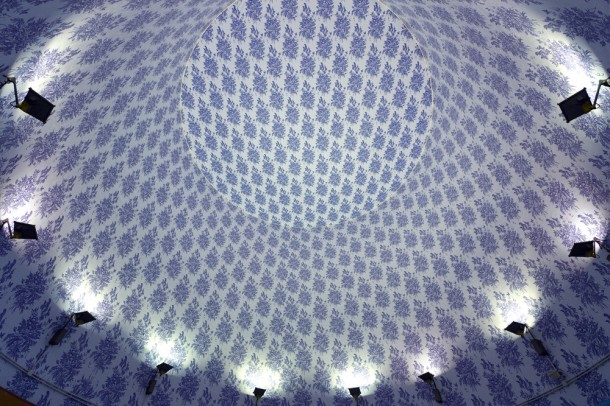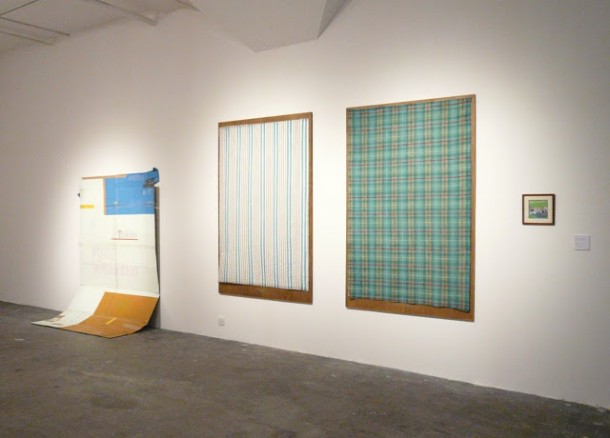THE NO COLORS: WILLIAM LIM LIVING COLLECTION
| 2014年12月23日
WEB EXCLUSIVE

Edited by Living Ltd., Texts by Birgit Donker, Hu Fang, Fionnuala McHugh, and Christoph Noe, Published by Hatje Cantz, 2014
HONG KONG-BASED architect and collector William Lim intends for his recent book, The No Colors, to function as “a book about Hong Kong contemporary art using my own collection as the backdrop.” From this ambitious statement, one might expect an art historical tome—a volume grounded in text with accompanying images. Instead, The No Colors, at first glance resembling a coffee table book, has very little text, and what writing it has primarily functions to add meaning to its images. But can images alone function as both context and narrative to a reader (or in this case, viewer) with little knowledge about contemporary art in Hong Kong?
The No Colors functions much like an exhibition catalogue: high-quality images roughly organized by medium (painting, photography, and video bleed into the broad category of “conceptual art”), punctuated with transcripts of artist interviews and panels held at Lim’s warehouse space in Wong Chuk Hang. Emphasizing that the contemporary art collector must also navigate social space, Lim invites critics, curators, and artists to join the conversation on the Hong Kong art scene. The uniqueness of this catalogue, however, comes from the fact that what unites these artworks is a single figure, rather than an exhibition. Instead of being grounded in the enclosed space of the gallery or art institution, the space of Lim’s collection is Hong Kong itself. In addition to more easily “collectible” media such as painting and sculpture, Lim’s collection also includes large-scale installations, videos, one-time performances, and public art. As Lim puts it, “Hong Kong is our museum.”

Installation: digital file master copy and silkscreen on vinyl on walls, ceiling, and floor, dimensions variable

Acrylic on fabric, acrylic on wood, sewing, re-shot found image, acrylic, emulsion paint and mixed media on cardboard, set of two fabrics, 194.5 x 126 cm each
Every single artist here has ties to Hong Kong. Many of the artists in Lim’s collection address culturally-specific issues in their work: Tsang Kin-Wah’s chinoiserie wallpaper installations are composed of provocative text in both English and Chinese; Chow Chun-Fai employs a David Hockney-esque realism in his paintings to reflect changes in urban space; and Pak Sheung-Chuen explores the relationship between the artistic and the everyday through performance and documentation. In addition, there are the names you’d expect to see, such as Lee Kit and Kacey Wong, as well as features on Hong Kong art spaces and happenings, such as Para/Site, M+, and PAWNSHOP. Is The No Colors “a book about Hong Kong contemporary art,” as Mr. Lim hoped? Such an assertion depends entirely on the reader; suffice it to say that it’s the moments in which the collector steps into the shadows and lets the work speak for itself that an unspoken narrative truly begins to take shape.

